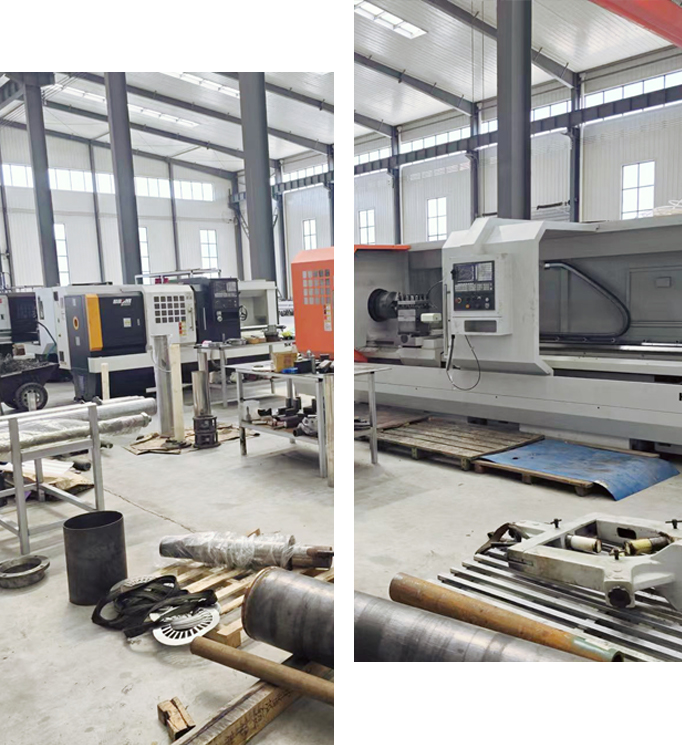Dec . 09, 2024 15:03 Back to list
submersible slurry pumps
Understanding Submersible Slurry Pumps A Comprehensive Overview
Submersible slurry pumps are specialized devices designed to move liquids containing solids and abrasives in various industries. Unlike standard pumps, submersible slurry pumps operate underwater, immersing their motor and pump components in the fluid they are processing. This unique positioning allows for efficient handling of thick, sludgy mixtures that conventional pumps might struggle to accommodate.
Working Mechanism
The design of a submersible slurry pump typically encompasses a robust construction that can endure harsh operational conditions. These pumps consist of a motor, impeller, and volute casing, all built to resist wear and tear from abrasive materials. When the pump is submerged, the motor drives the impeller, which creates a centrifugal force that propels the mixture upward through the discharge piping.
The closed impeller design aids in managing the solids present within the slurry, allowing for particles typically up to 70 mm in diameter to be easily transported. The ability to handle large solids is what sets submersible slurry pumps apart from other types. Moreover, these pumps can maintain high efficiency even under heavy loads, making them suitable for mining, dredging, sewage treatment, and construction applications.
Key Applications
1. Mining and Mineral Processing Submersible slurry pumps are extensively used in ore extraction and processing. They efficiently transport slurry from pit mines to processing facilities, handling a mix of water, sand, and minerals without significant wear.
2. Construction Sites In construction, particularly in the excavation of foundations and tunnels, submersible slurry pumps manage dewatering efforts and transport slurry resulting from drilling and excavation processes.
3. Wastewater Treatment These pumps facilitate the movement of sludge and wastewater in treatment facilities, ensuring that effluent can be processed effectively. Their ability to handle solids and maintain flow rates makes them essential in municipal sewage systems.
submersible slurry pumps

Advantages of Submersible Slurry Pumps
- High Efficiency Because they operate directly in the medium being pumped, submersible slurry pumps achieve higher efficiencies and are often more reliable than surface pumps.
- Space-Saving Design The compact design allows them to be used in environments where space is limited, reducing the need for additional infrastructure.
- Reduced Noise Levels Being submerged under the liquid reduces operational noise, making them an ideal choice for urban applications where noise pollution is a concern.
- Lower Risk of Air Lock Submersible pumps eliminate the chance of air lock that can occur in suction pumps, ensuring a continuous flow of material without interruption.
Maintenance Considerations
While submersible slurry pumps are known for their durability, regular maintenance is essential to ensure longevity. It's crucial to routinely inspect the impeller and motor for signs of wear, and to check seals and lubricants to prevent leaks. Additionally, during periods of inactivity, proper storage and protective measures can prevent corrosion and further wear.
Conclusion
Submersible slurry pumps are an indispensable tool in various industrial sectors, notable for their capability to efficiently transport materials that other pumps can't handle. Their robust design, capacity for large solids, and operational efficiency position them as vital equipment for applications ranging from mining to wastewater management. With advancements in technology, the future of submersible slurry pumps appears promising, ensuring that they will continue to evolve and adapt to meet the growing demands of various industries. Whether in construction sites, treatment plants, or remote mining locations, these pumps play a crucial role in ensuring smooth and efficient operations.
-
Submersible Water Pump: The Efficient 'Power Pioneer' of the Underwater World
NewsJul.01,2025
-
Submersible Pond Pump: The Hidden Guardian of Water Landscape Ecology
NewsJul.01,2025
-
Stainless Well Pump: A Reliable and Durable Pumping Main Force
NewsJul.01,2025
-
Stainless Steel Submersible Pump: An Efficient and Versatile Tool for Underwater Operations
NewsJul.01,2025
-
Deep Well Submersible Pump: An Efficient 'Sucker' of Groundwater Sources
NewsJul.01,2025
-
Deep Water Well Pump: An Efficient 'Sucker' of Groundwater Sources
NewsJul.01,2025
-
 Submersible Water Pump: The Efficient 'Power Pioneer' of the Underwater WorldIn the field of hydraulic equipment, the Submersible Water Pump has become the core equipment for underwater operations and water resource transportation due to its unique design and excellent performance.Detail
Submersible Water Pump: The Efficient 'Power Pioneer' of the Underwater WorldIn the field of hydraulic equipment, the Submersible Water Pump has become the core equipment for underwater operations and water resource transportation due to its unique design and excellent performance.Detail -
 Submersible Pond Pump: The Hidden Guardian of Water Landscape EcologyIn courtyard landscapes, ecological ponds, and even small-scale water conservancy projects, there is a silent yet indispensable equipment - the Submersible Pond Pump.Detail
Submersible Pond Pump: The Hidden Guardian of Water Landscape EcologyIn courtyard landscapes, ecological ponds, and even small-scale water conservancy projects, there is a silent yet indispensable equipment - the Submersible Pond Pump.Detail -
 Stainless Well Pump: A Reliable and Durable Pumping Main ForceIn the field of water resource transportation, Stainless Well Pump has become the core equipment for various pumping scenarios with its excellent performance and reliable quality.Detail
Stainless Well Pump: A Reliable and Durable Pumping Main ForceIn the field of water resource transportation, Stainless Well Pump has become the core equipment for various pumping scenarios with its excellent performance and reliable quality.Detail
